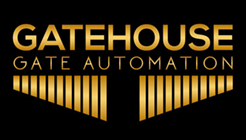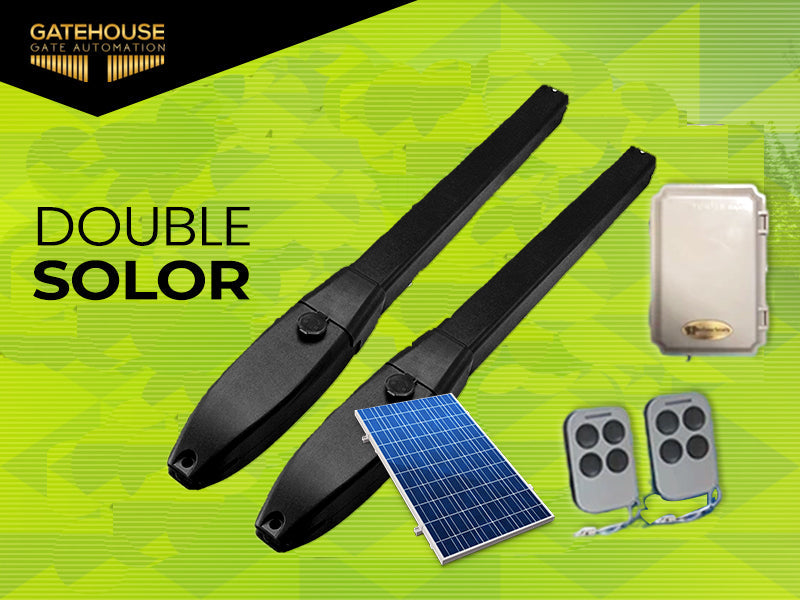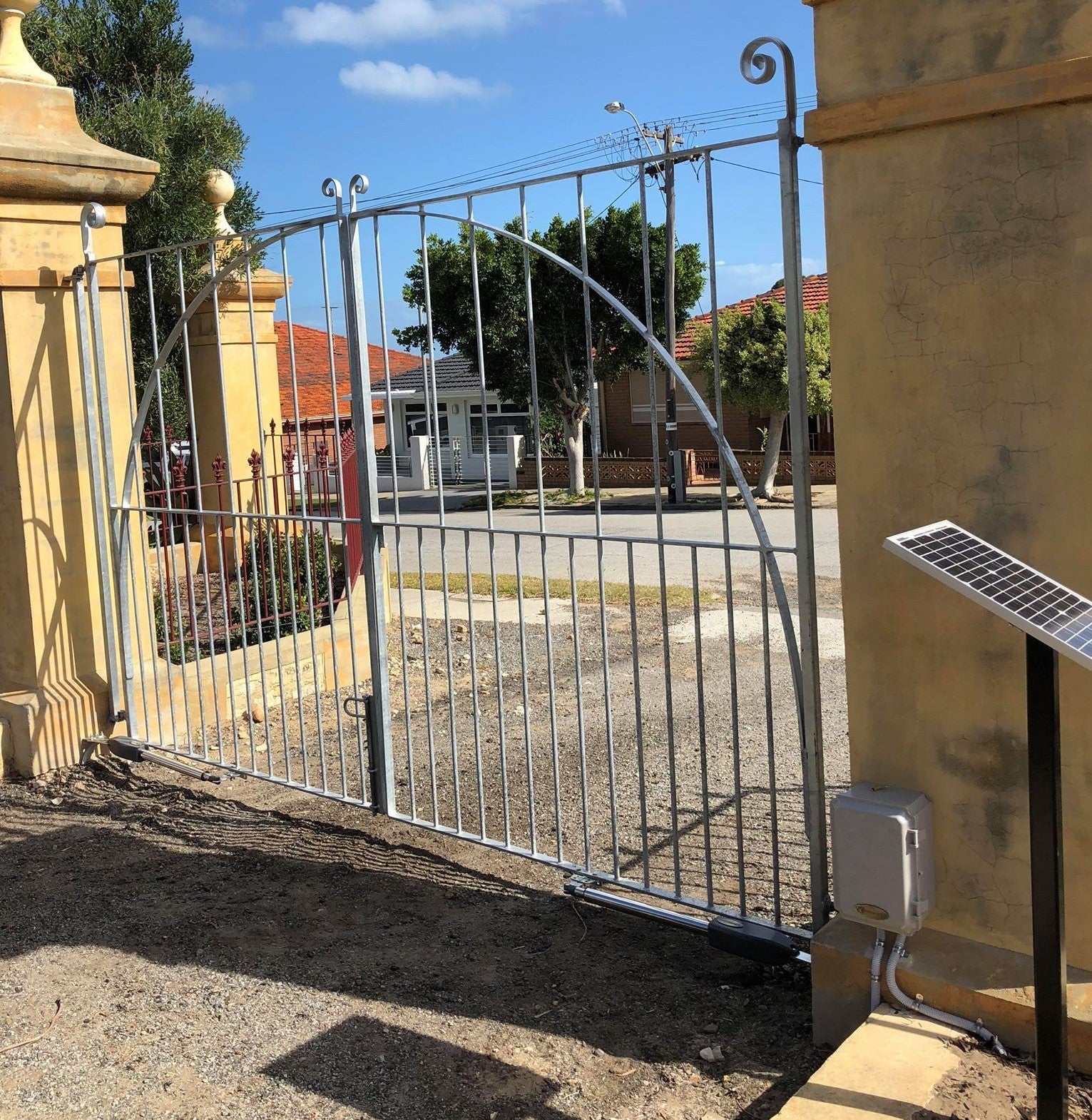The same as all things mechanical, automated gates need regular maintenance. Automated gate system will differ greatly depending on the type of system you have obtained for your residential or commercial property, maintaining should not be complicated as long as you follow its maintenance instructions that should be included in the product bought. A low-priced operating system will definitely require extra maintenance than of a costly system.
Since higher end system is installed with sealed bearing, maintenance-free hinges on swing gates, and sealed bearing maintenance-free wheels on slide gates, which means it does not need to be adjusted as often.
There are definite procedures that may need a professional’s help but the most property owner can carry out simple tips below.
Regular visual inspection
- Check your sliding gate routinely. Check the gate opener, chain-belt or drive belt, metal racks, dents in panels, rollers and bearings, electrical connections, etc.
- All bolts should be tightly screwed or held in place. If there are loose bolts holding springs or cables, never touch them for they might break when you try to tighten them. Help from a maintenance service technician is all you need.
- Inspect for visible signs of damage or wear in pivot points, bearings and bushes.
- For a sliding gate made of wood, inspect if wooden components need to be repainted or oiled/stained. Weathered wood has bigger chances of having irreparable damage so make sure to use the best quality paint or stain or use the most recommended paint available.
Lubricate important parts.
- Lubricate parts at least twice a year with the correct or recommended lubricant. Most parts that need lubrication are those responsible for operating the gates automatically – these are the chain, roller, pulley, hinge, and various screws. A friction-free surface to ensure safe operation and prevent wear and tear of its parts is what your automated gate needs.
- Normally, internal chains like of swing gates and slide gates are should be lubricated.
Rust prevention proactive
Dirt and dust build up when exposed to extreme weather condition and lead to rusting. Be cautious in checking for signs of rusting on your automated gate’s metal parts.
Rusting, in its early stages, can still be removed by simply washing your sliding gate with a mild detergent. With extreme rust, scrubbing affected areas with sandpaper usually, do the trick.
The automated gate should be kept clean.
Your gate will look its best if it is regularly washed and if it is a wooden gate occasionally re-sealed with Osmo UV protection.
Washing and waxing your gate at least once a year (or in wooden gates, painted or oiled) will go a long way to keeping it looking new and beautiful for a long period of time. It is also a less costly option than to have it refurbished – sandblasted, powder coated after having it removed then re-hung – once its finish has faded, rusted or tarnished.
Make sure to avoid getting water into the door opener to prevent from damaging
Deal with Pests
Problems with electrical equipment that is installed outside can be caused by insects and slugs. Spider webs with even the slightest bit of moisture on them or the slime trails that slugs leave behind can conduct electricity and destroy a circuit board. Bee’s nests and ant hills can also rapidly corrode gate opener circuitry.
The most common problem is the presence of insects and associated debris inside photocells. This blocks the infra-red beam and prevents the gates from operating. These can be cleaned out using a small, clean, dry paintbrush.
A higher-end electric gate system is more resistant to pests as the circuit boards are dipped in protective coating and are housed in more secure enclosures. That being said, there is no brand of electric gate operators that will keep pests out forever.
One very worthwhile check is making sure the circuit board enclosure and cable entries for the wiring are properly sealed. However, it isn’t easy to keep pests away as the cable entries and enclosure can deteriorate or warp in the sun over time. We recommend keeping an eye on your electric gate system and arranging an annual service.
The auto reverse function of automated gates should be checked at least once a month.
The International Door Association recommends the auto reverse function of automated gates should be tested monthly. If you are a homeowner, you can do this yourself by placing a length of 100mm x 50mm timber flat on the floor (50mm high) in the center of the doorway, where the door closes, and allowing the door to close on top of the timber. If it is working correctly, when the door strikes the timber on the floor, the door opener will recognize the timber as an obstruction and stop and reverse the door back to the open position.
If it doesn’t stop and reverse, the door opener needs urgent professional attention. Turn the power point to the opener off, and do not use the gate until it has been repaired.
Summary:
Regardless of what quality your gate operator system is, all systems should be checked routinely to make sure the gates are working with the correct amount of force, the reversing devices are functioning properly, and there has been no mechanical damage that is causing the gate operator to work harder than it should be, which will shorten its life.
The longevity and performance of your automated gate system partially depend on how much you care for it. Conversely, your ability and willingness to maintain it should be factored in when you are deciding between a lower-end or higher-end automated gate system. It is also ideal to go with a system provider that has competent, reliable and qualified service technicians that you can call whenever there are problems with their product





Leave a comment
All comments are moderated before being published.
This site is protected by hCaptcha and the hCaptcha Privacy Policy and Terms of Service apply.